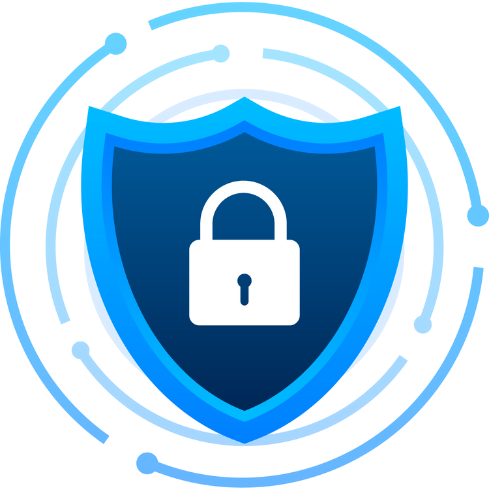As a website owner, it’s important to prioritize security to protect your site and your users from potential threats. Unfortunately, many businesses struggle to allocate sufficient resources to security, leaving them vulnerable to attacks. But there are steps you can take to improve the security of your website on a budget. In this article, we’ll discuss 10 practical tips for boosting the security of your website without breaking the bank.
Use strong and unique passwords
One of the easiest and most effective ways to improve your website’s security is to use strong, unique passwords for all of your accounts and regularly update them. This will make it much harder for hackers to gain access to your website.
Enable two-factor authentication
Two-factor authentication adds an extra layer of security to your website by requiring you to enter a code sent to your phone or email in addition to your password when logging in. This can help prevent unauthorized access even if someone else has your password.
Keep your website and plugins up to date
Outdated software is often vulnerable to security threats, so it’s important to keep your website and all of its plugins and themes up to date. This will ensure that you have the latest security patches and fixes.
Use SSL/TLS encryption

SSL (Secure Sockets Layer) and TLS (Transport Layer Security) encryption helps protect the data transmitted between your website and its visitors by encrypting it. This can prevent hackers from intercepting sensitive information, such as login credentials or financial data.
Use a web application firewall
A web application firewall (WAF) is a security tool that monitors and protects your website from common web vulnerabilities, such as cross-site scripting (XSS) and SQL injection attacks. WAFs can be implemented as hardware, software, or a cloud service.
Implement regular security assessments
Regularly performing security assessments of your website can help identify and fix potential vulnerabilities before they are exploited. This can be done by running security scans, conducting penetration tests, and performing code reviews.
Limit user permissions
If you have multiple users with access to your website, it’s important to carefully control their permissions to ensure that they only have access to the areas of your website that they need. This can help prevent accidental or malicious damage to your website.
Use a content delivery network (CDN)

A CDN is a network of servers that delivers web content to users based on their geographic location. Using a CDN can help protect your website from distributed denial of service (DDoS) attacks, which flood a website with traffic to make it unavailable to users.
Use a security plugin
There are many security plugins available for popular content management systems (CMS) such as WordPress, Drupal, and Joomla. These plugins can help protect your website from a variety of threats, including malware, spam, and brute force attacks.
Educate yourself and your team
Finally, it’s important to stay up to date on the latest security threats and best practices. This can help you identify and prevent potential vulnerabilities before they are exploited. It’s also important to educate your team on proper security practices to ensure that everyone is following best practices.
By following these tips, you can significantly improve the security of your website without requiring a large budget. It’s important to note that no website is completely secure, but taking these steps can help protect your website and your users from a variety of threats. Don’t neglect the security of your website – it’s crucial for the protection of your business and your users. Stay vigilant and proactive in your efforts to secure your website, and you’ll be well on your way to a more secure online presence.
Check out our blog page for more articles and consider subscribing to our newsletter.
